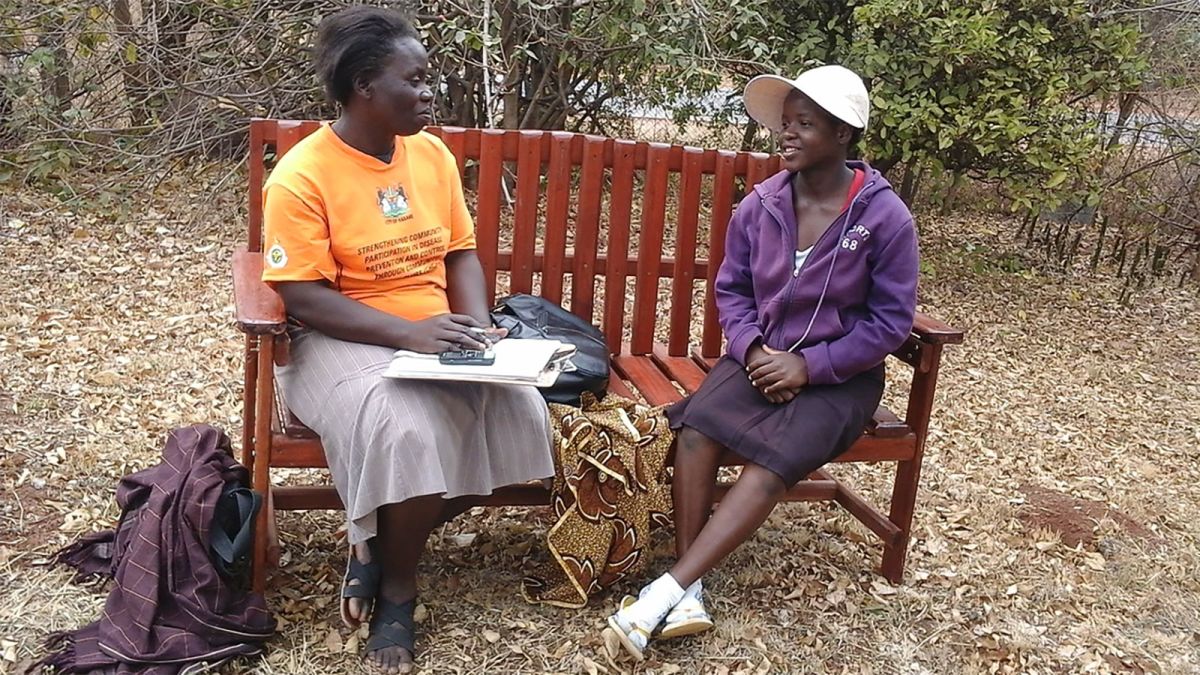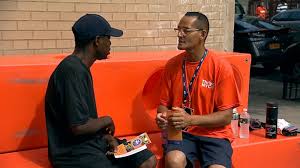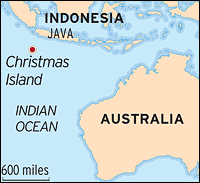Meat Lover’s Special
I suppose that’s why the article got my attention. Seriously, carnivorous plants? How, as a gardener, had I missed something as intriguing as meat eating plants? Had I slept through Mr. Schuller’s biology class that day? (More likely – daydreaming of weekend plans.)
Well, it had my attention now. How diversified of God to throw in some meat loving vegetation. I couldn’t help but wonder a lot of things about these special plants so down the Google Trail I journeyed.
First, I learned that these plants, as a whole, thrive in poor nutritional conditions as far as plants are concerned. Many of them live in boggy areas where bugs abound. Makes sense. Here in the United States we have at least five different types of carnivorous plants including the pale pitcher, sundews, bladderworts, butterworts, and the most well known – the Venus Flytrap. Most of them are activated to catch their prey by sensing movement of an insect on a certain part of their foliage. This foliage can then turn itself into a bug or even a small frog catching trap.
 The one carnivorous plant of the United States that does not rely upon movement for eating, is the pale pitcher plant also known as the yellow trumpet. The design of the plant itself facilitates capture. Once the naive insect lands on the lip of the funnel like trumpet and enters the mouth, the waxy inner surface propels the bug to the bottom. There is no pool of fresh, cool water like you would find at the bottom of a water park slide, but a pool of digestive juices instead, waiting to start the process of decomposing soft body parts. Ah ha! And dinner is served as healthy nutrition is absorbed into the plant.
The one carnivorous plant of the United States that does not rely upon movement for eating, is the pale pitcher plant also known as the yellow trumpet. The design of the plant itself facilitates capture. Once the naive insect lands on the lip of the funnel like trumpet and enters the mouth, the waxy inner surface propels the bug to the bottom. There is no pool of fresh, cool water like you would find at the bottom of a water park slide, but a pool of digestive juices instead, waiting to start the process of decomposing soft body parts. Ah ha! And dinner is served as healthy nutrition is absorbed into the plant.
 The Venus Flytrap is native to only North and South Carolina. Folks have been so intrigued with this plant that at one point it became an endangered species, prompting growers to cultivate it in greenhouses. The colorful leaves of this plant are lined with stiff hairs. When anything touches these hairs enough to bend them – Smack! In less than a second the two lobes of the leaf snap shut, trapping whatever bug was nosing around. Again, the softer part of the bug dissolves in digestive juices and provides nourishment for the plant. When that process is completed in five to twelve days, the leaves open up again and the hard exoskeleton of the insect either blows away in the wind or is washed away by rain. (There’s a great video on You-Tube showing Mr. Bug being captured.)
The Venus Flytrap is native to only North and South Carolina. Folks have been so intrigued with this plant that at one point it became an endangered species, prompting growers to cultivate it in greenhouses. The colorful leaves of this plant are lined with stiff hairs. When anything touches these hairs enough to bend them – Smack! In less than a second the two lobes of the leaf snap shut, trapping whatever bug was nosing around. Again, the softer part of the bug dissolves in digestive juices and provides nourishment for the plant. When that process is completed in five to twelve days, the leaves open up again and the hard exoskeleton of the insect either blows away in the wind or is washed away by rain. (There’s a great video on You-Tube showing Mr. Bug being captured.)
As I read about these plants, I couldn’t help think of the traps that entwine us if we are not on guard. Just like the different carnivorous plants, these traps come in all shapes and sizes. Maybe you can think of a trap or two in your lifetime that have ensnared you. I sure can.
Even Jesus was presented a trap by the Pharisees in the story of the “adulterous woman” in John 8:1-11. They knew that the law of Moses gave them the right to stone her. “Teacher, what do you say?” they asked. If Jesus said she should not be stoned, they could accuse Him of violating Moses’ law. But if He did give them the go ahead, then they would report him to the Romans, who did not permit Jews to carry out their own executions. Either answer created problems…a deliberate trap. For those of you familiar with the story, you know what Jesus said. “All right, stone her. But let those who have never sinned throw the first stones!” Of course, not one of them was without sin and they slipped away one by one.
I can always hope that I would have the wisdom that Jesus had to see myself out of a trap. But for me it may be more realistic to ask – is this too good to be true? If the answer leans to “yes” I best proceed with caution. Or, like the bug nosing around on the Venus Flytrap, I should just high-tail it out of there.
Until, next month, keep on readin’ and I’ll keep on writin’.
(Feel free to share this blog on FB if you have any buggy friends that would benefit.)





